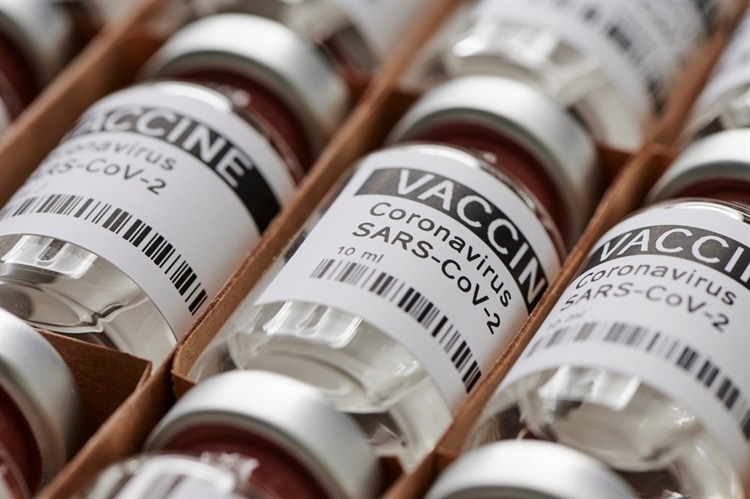The development of broadly protective coronavirus disease 2019 (COVID-19) vaccines is supported by the coronavirus vaccines research and development plan (CVR), which was recently published in Vaccine. Worldwide, COVID-19 has resulted in unparalleled levels of morbidity and mortality. To defend against novel developing SARS-CoV-2 variants with increased transmissibility, pathogenicity, and immunological evasiveness, broadly cross-protective vaccines must be created. The immunizations would help in reducing the impact of COVID-19 and potential virus outbreaks in the future.
The development of “prototype vaccines” that are available for initial vaccine authorization and manufacturing at scale within 100 days of recognizing a pandemic threat rather than just-in-time vaccine development could be used to quickly meet the need for vaccines to mitigate novel coronavirus (CoV) threats. Another strategy entails creating a vaccine that is universal, generally efficacious, and deployable against a variety of CoVs, including -CoVs, -CoVs, -CoVs, and -CoVs.
Vaccines must be particularly effective against -CoVs, such as SARS-CoV-1,2 and Middle East respiratory syndrome-CoV. (MERS-CoV). It is necessary to determine the CoVs’ spillover hazards. A tier system must be used when developing vaccines, with the first tier providing protection against SARS-CoV-2 variants and subvariants, the second tier providing protection against several sarbecoviruses, including SARS-CoV-1 and -2, the third tier providing protection against -CoVs, including SARS-CoV-1,2, and Middle East respiratory syndrome-CoV (MERS-CoV), and the fourth tier providing protection against all CoVs and common.
Vaccines must be globally accessible equivalently to all nations, and sustained, collaborative, and coordinated multi-partner efforts of health experts must be taken to fight pandemics at the regional, national, and international levels. Global investments are required by funders, researchers, regulators, population health policy-makers, industrial representatives, and non-governmental organizations.
The CVR has 5.0 sections, including virology, immunology and immunological correlates of protection (CoP), vaccinology, human and animal research models, and financing and policies. The milestones follow the SMART (specific, measurable, achievable, relevant/realistic, and time-sensitive) format. Studies must be performed to improve the characterization of CoV diversity among animals and improve understanding of the viral diversity, geographical distribution, host species range, prevalence, and risk of spillovers of viruses.






